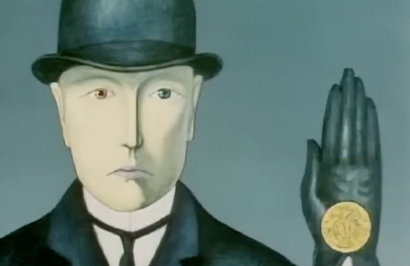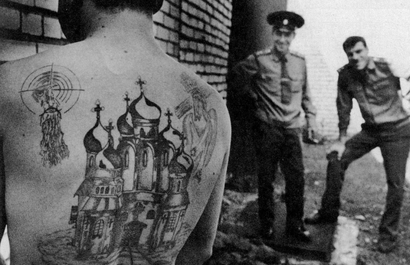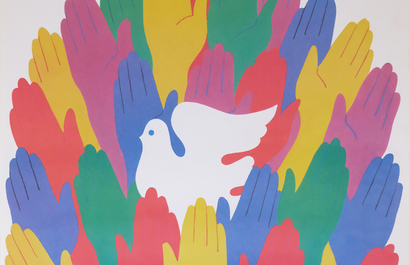Bidding for Glasnost: The Sotheby's Auction that Transformed Soviet Art

On July 7, 1988, an art auction unfolded in Moscow with all the trappings of a London or New York sale. Yet, this was no ordinary event; it was a revolution. Unofficial Soviet art, previously hidden from the official state narrative, was thrust into the spotlight of the Western marketplace. The Sotheby's auction, named "Russian Avant-Garde and Contemporary Soviet Art," was more than a sale—it was a turning point. Unofficial artists, once silenced and persecuted by the state, emerged as symbols of rebellion and commercial success.
Commercial success in a Communist State
Simon de Pury, then Sotheby's executive director in Europe, left his passport at a Moscow hotel. On his journey to retrieve it, he was accompanied by Sergey Popov, an official from the Ministry of Culture. In a casual conversation, de Pury posed a question to Popov: Could a Sotheby's auction ever take place in the USSR? Popov's reply was: "Yes, why not?" That simple exchange set the wheels in motion for an event that would transform the Soviet art scene.
Over 100 lots of avant-garde and “unofficial” works were offered to international collectors who had flown in especially for the event. Local artists and intelligentsia, incredulous and not permitted to bid, watched over the proceedings. The atmosphere was electric, filled with a mix of anticipation, disbelief, and excitement. Artist, Grisha Brushkin, watched in astonishment as his painting, "Fundamental Lexicon," reached $416,000, against an estimated price of just $17,000, setting a record for contemporary Soviet art. The highest price of the evening, $567,600, was paid for Aleksandr Rodchenko's "Line." Sales totaled $3.4 million, more than triple Sotheby's pre-auction estimate.
For the 29 contemporary artists of the new avant-garde, the auction was more than a financial windfall; it was a validation, public recognition by the state. Once considered outcasts, they were now transformed into celebrated stars. Artists would retain 60% of the purchase price, with 10% paid in coveted foreign currency and the remaining 50% in special gold rubles, valued at five times the standard ruble. This was an unprecedented fortune in a country where they had previously been barred from holding independent art exhibitions. Grisha Brushkin's said, "I have no idea what I will do with it all," Sothebys took a 10% cut and the other 30% of the evening's takings went to The Ministry of Culture.

The Impact: A Cultural Milestone and Political Shift
But, the auction was more than a sale; it was a cultural milestone in the cultural thaw that was unfolding under Mikhail S. Gorbachev's leadership. The event shattered the barriers between the Soviet official and unofficial cultural systems, ignited rivalry and competition in the art scene, and prompted a new wave of emigration by artists eager to seize the opportunities that had suddenly appeared before them. Over time, the auction has become a myth, as outlined by writer Andrew Solomon: “It was in fact so heralded an event that in the years that followed critics, curators, collectors, and artists variously credited the auction house with discovering a movement, inventing a movement, and destroying a movement.”
The term "glasnost," signifying openness, transparency, or freedom of speech, became a symbol of the changing political landscape. The auction was the last international cultural initiative during the period of perestroika to require special approval by the Soviet government. It also ended up being the most successful example of commercial exchange through culture to ever occur in the Soviet Union, changing the outlook of the Union of Artists and other official channels of the Ministry of Culture. The auction's success marked a significant shift in Soviet cultural policy, reflecting a broader movement towards openness and engagement with the West.






